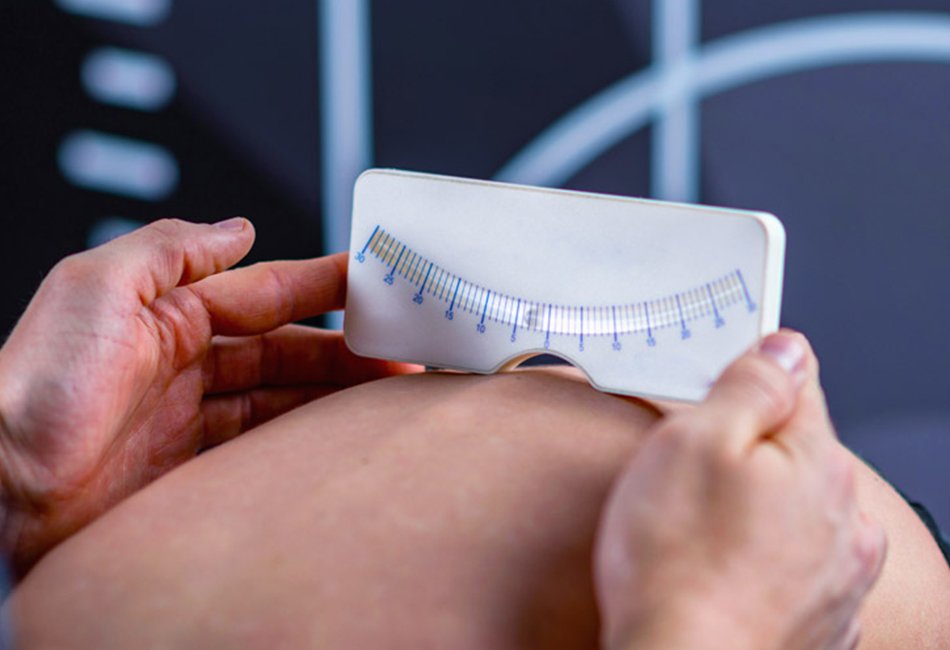Scoliosis Treatment for Adults and Kids.
Scoliosis gets the most attention in youth, particularly during growth spurts. The reason for this is because this is when scoliosis curves can progress the fastest and small curves can rapidly become larger curves and potentially lead to surgery.
However, only 3% of adolescents under 18yo have scoliosis. In comparison; 9% of adults over 40yo have scoliosis, as do 30% of adults over 60yo and 50% of adults over 90yo.

Scoliosis Treatment, Kid Scoliosis
There are two reasons for this:
- Some of the adults with scoliosis are adults who had scoliosis when they were younger.
- Many of them have different forms of scoliosis all together, known as de novo scoliosis or adult degenerative scoliosis. De novo comes Latin origin and means over again or anew.
Before skeletal maturity, the progression of scoliosis is caused by
uneven pressure on growth plates or epiphysis. This known as the Hueter-Volkmann Law which states, “Growth is retarded by increased mechanical compression, and accelerated by reduced loading in comparison with normal values.” Growth plates are stunted under pressure and
as scoliosis begins the unbalanced pressure on the vertebral bones can cause the bones to grown unevenly.
Scoliosis progresses in adults for completely different reasons, degenerative reasons. Uneven pressure on bones will cause bones to breakdown and degenerate after skeletal maturity. This follows Wolf’s Law which proposes the skeletal hard and soft tissues will remold under stress. Increases pressure on unbalanced bones will cause the vertebra to breakdown and degenerate. This can be Adolescent Idiopathic Scoliosis in adults that became degenerative or a new scoliosis that begins in adulthood.
Scoliosis Progresses in Adults
Larger curves have been shown to progress 1-3° per year. As curves in the lumbar spine progress, they can become unstable. This degenerative process combined with increased scoliosis curves and increased spinal instability is frequently accompanied by increases in pain and discomfort.
Scoliosis Treatment for Adults
Scoliosis treatment for an adult is a case-by-case basis. Smaller scoliosis in adults are typically treated with scoliosis specific rehab and exercises. As curves progress intensive scoliosis rehabilitation several times a week, or several times a day if patients are traveling from long distances to a clinic are appropriate. Larger degenerative scoliosis curves are frequently treated with bracing to stabilize the curve and often times gets the best results with intensive scoliosis rehabilitation programs.
Research Show Bracing Is Effective In Slowing Scoliosis Progression in Adults
A retrospective study was done to determine the effectiveness of bracing in slowing the progression of scoliosis in adults. Both the progressions of idiopathic scoliosis in adults and degenerative scoliosis were observed. In both types of scoliosis, the rate of curve progression decreased from 1.28° to .21° after bracing. This study shows the bracing can be effective in slowing the progression of scoliosis in adults.
For more information on scoliosis treatments at Square ONE click here.
To schedule a FREE consultation call 970-207-4463 or Claim your Free Exam and Consultation
